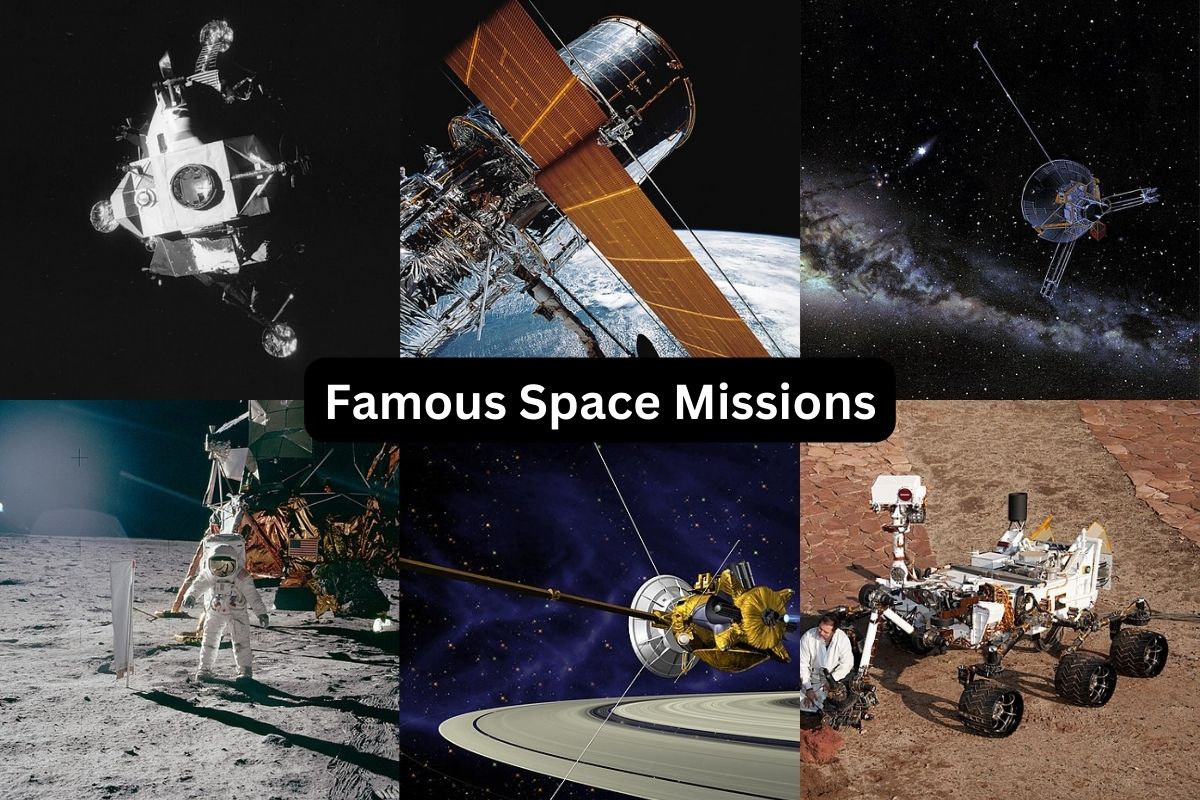Exploring the cosmos has been one of humanity’s greatest achievements, and over the years, numerous space missions have captivated our imaginations and expanded our understanding of the universe.
From historic lunar landings to interstellar probes and cutting-edge observatories, these missions have left an indelible mark on space exploration.
In this article, we will delve into the fascinating stories and scientific accomplishments of some of the most famous space missions that have shaped our perception of space and our place within it.
Famous Space Missions
1. Apollo 11
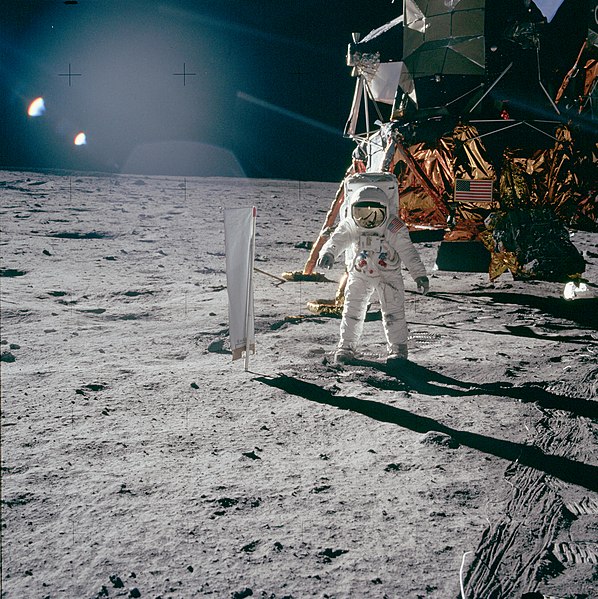
Apollo 11 was the historic mission that achieved humanity’s first landing on the Moon on July 20, 1969.
The crew included astronauts Neil Armstrong, Buzz Aldrin, and Michael Collins. Armstrong and Aldrin descended to the lunar surface in the Lunar Module, while Collins orbited the Moon in the Command Module.
Also Read: Facts About the Space Race
Neil Armstrong became the first human to set foot on the Moon, uttering the famous words, “That’s one small step for [a] man, one giant leap for mankind.”
The mission successfully collected lunar samples, conducted experiments, and marked a significant milestone in space exploration.
2. Hubble Space Telescope
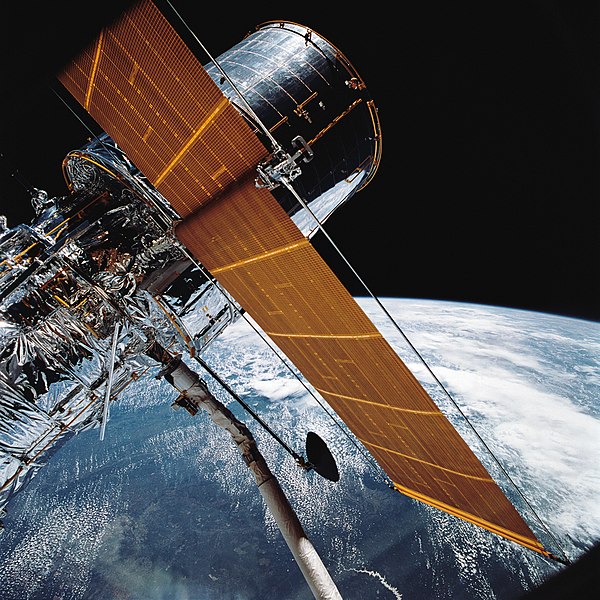
Launched in 1990, the Hubble Space Telescope (HST) is an orbiting observatory named after astronomer Edwin Hubble.
HST has provided breathtaking images and invaluable scientific data, helping scientists study distant galaxies, stars, and other celestial objects.
It has made numerous discoveries, including confirming the rate of the universe’s expansion, uncovering black holes, and observing distant supernovae, contributing to our understanding of the cosmos.
3. Voyager 1 and 2
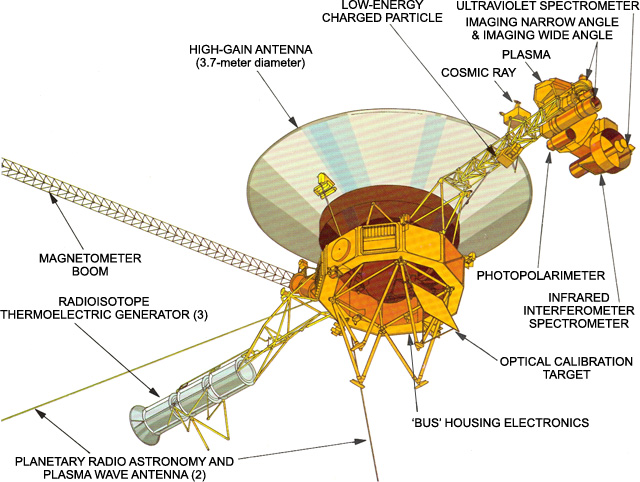
Voyager 1 and Voyager 2 are twin spacecraft launched by NASA in 1977 with the primary mission of studying the outer planets of our solar system.
Voyager 1 has ventured into interstellar space, becoming the farthest human-made object from Earth, while Voyager 2 continues to study the outer planets and their moons.
These missions have provided a wealth of data about Jupiter, Saturn, Uranus, and Neptune, including the discovery of new moons and insights into their atmospheres and magnetic fields.
Each Voyager probe carries a “Golden Record,” which contains a selection of sounds and images representing Earth’s culture and civilization, intended to communicate with potential extraterrestrial civilizations.
4. Mars Rovers (Spirit, Opportunity, Curiosity, Perseverance)

NASA’s Mars Rovers are a series of robotic vehicles designed to explore the surface of Mars.
Spirit and Opportunity were launched in 2003 and were part of the Mars Exploration Rover (MER) mission. They were originally designed for 90-day missions but exceeded expectations by operating for several years. They provided valuable data about Mars’ geology and history.
Curiosity, also known as the Mars Science Laboratory, was launched in 2011. It’s much larger than the previous rovers and is equipped with advanced instruments for studying the Martian environment and searching for signs of past or present life.
Perseverance, launched in 2020, is the latest addition to the Mars Rover family. It’s designed to explore Jezero Crater, a region that once contained a lake and may have preserved signs of ancient microbial life. Perseverance also carries a helicopter drone called Ingenuity for aerial exploration.
5. Cassini-Huygens

The Cassini-Huygens mission, launched in 1997, was a collaboration between NASA, the European Space Agency (ESA), and the Italian Space Agency (ASI).
Cassini, the main spacecraft, arrived at Saturn in 2004 and spent 13 years studying the planet, its rings, and its numerous moons. It provided detailed images and data about Saturn’s complex system.
Huygens, a probe carried by Cassini, landed on Saturn’s largest moon, Titan, in 2005. It was the first and only landing on Titan and provided insights into the moon’s thick atmosphere and surface.
6. International Space Station

The International Space Station is a massive habitable space laboratory in low Earth orbit, representing a collaborative effort involving multiple space agencies, including NASA (United States), Roscosmos (Russia), ESA (Europe), JAXA (Japan), and CSA (Canada).
It serves as a platform for scientific research in various fields, including biology, physics, astronomy, and Earth sciences. Astronauts live and work on the ISS, conducting experiments and gaining insights into long-duration spaceflight.
The ISS has been continuously inhabited since November 2000 and serves as an international symbol of cooperation in space exploration.
7. Apollo 13
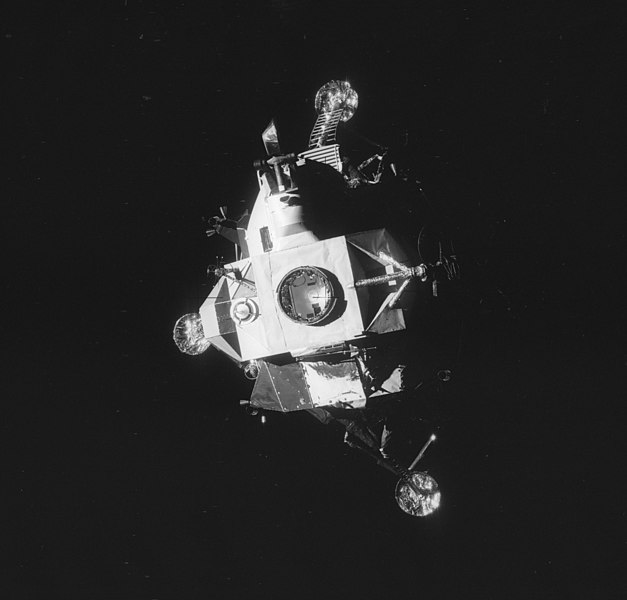
Apollo 13 was the seventh manned mission in NASA’s Apollo program, launched in 1970 with the goal of landing on the Moon. However, it became famous for a different reason.
Approximately 56 hours into the mission, an oxygen tank in the Service Module exploded, causing critical life support systems to fail.
The crew, composed of astronauts James Lovell, Jack Swigert, and Fred Haise, had to abort their lunar landing plans and focus on safely returning to Earth.
Through the extraordinary efforts of both the astronauts on board and the teams at NASA’s Mission Control, Apollo 13 successfully made a dramatic return to Earth, demonstrating remarkable problem-solving and teamwork in a life-threatening situation.
8. Galileo

The Galileo spacecraft was launched in 1989 to study Jupiter and its moons. It was part of NASA’s Galileo mission.
Over its eight-year mission, Galileo provided detailed observations of Jupiter’s atmosphere, magnetosphere, and its four largest moons: Io, Europa, Ganymede, and Callisto.
One of Galileo’s significant discoveries was the detection of a subsurface ocean on Europa, which increased interest in the possibility of life beyond Earth in our own solar system.
9. The James Webb Space Telescope
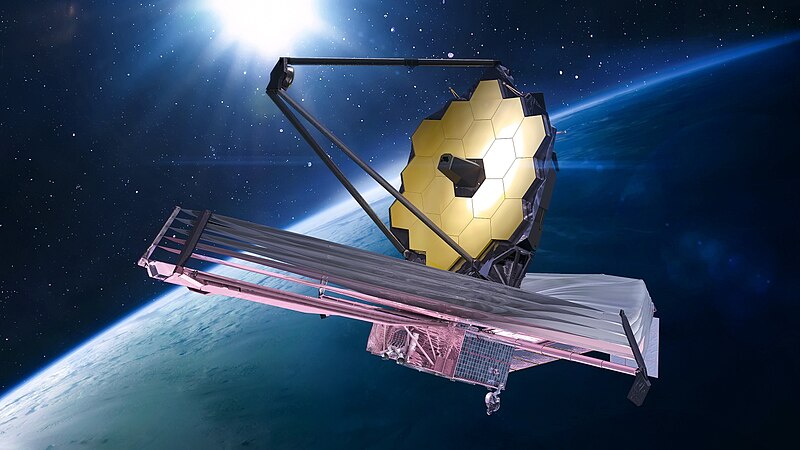
The James Webb Space Telescope (JWST) is a space observatory designed to conduct infrared astronomy. It features a 6.5-meter primary mirror and operates from the second Lagrange point (L2), approximately 1.5 million kilometers from Earth.
JWST’s capabilities allow it to study the early universe, the formation of stars and galaxies, planetary systems, and the potential for life on other planets.
Launched on December 25, 2021, it is a joint project between NASA, ESA, and CSA, serving as the scientific successor to the Hubble Space Telescope.
10. Pioneer 10 and 11

Pioneer 10 and Pioneer 11 were two early NASA missions, launched in 1972 and 1973, respectively, with the primary objective of studying the outer solar system.
Pioneer 10 became the first spacecraft to travel through the asteroid belt and make direct observations of Jupiter in 1973, providing valuable data about the planet’s radiation belts and magnetic field.
Pioneer 11 followed a similar trajectory and performed similar observations at Jupiter before continuing on to Saturn in 1979, where it made the first direct observations of the planet and its rings.
Both missions provided valuable information about these outer planets and their environments.
